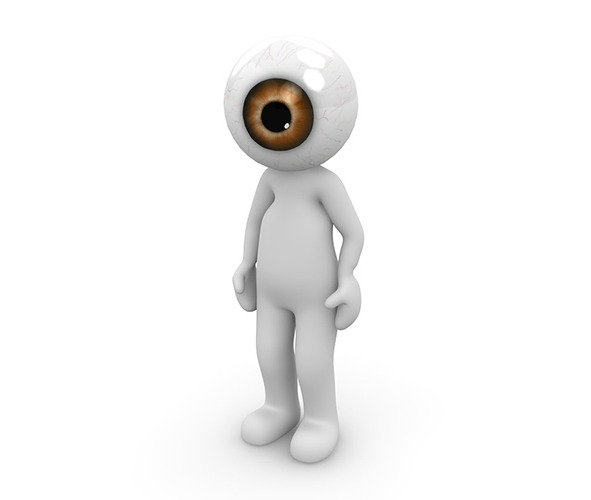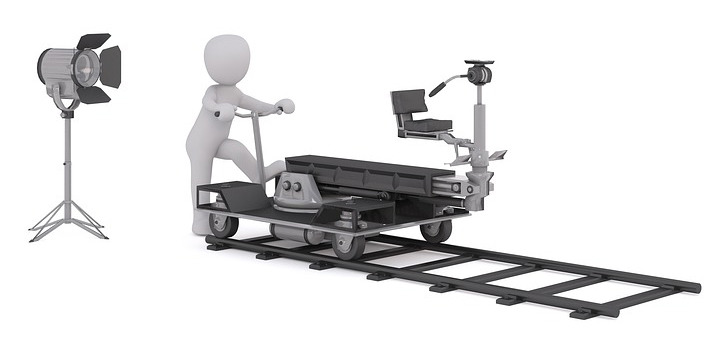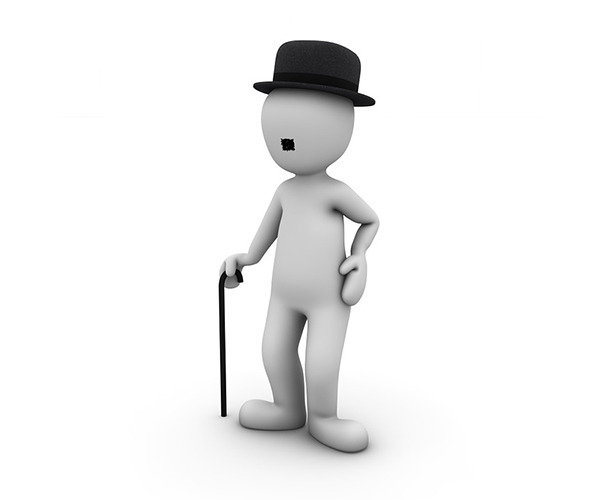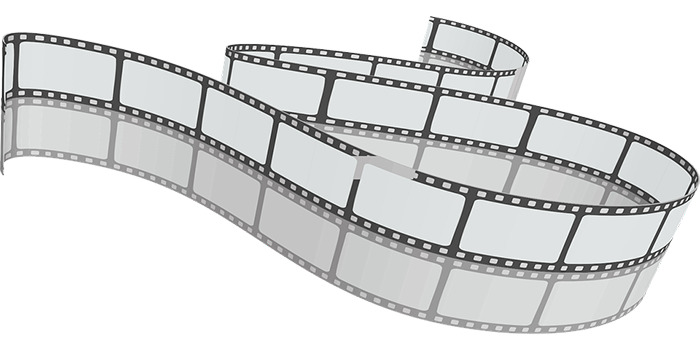
Бесплатный фрагмент - Technology of advertising video from concept to implementation
About the author
Khairulla Saidullaev is a director, scriptwriter, founder and inspirer of Alladin Group Event & Production company. Was born on April 18, 1978 in a small green town in the Kentau mountains, in the south of Kazakhstan.
Childhood and love for art
It was childhood, when children attended numerous free clubs in their city, when there were no Internet and smartphones, and the endless congresses of the Communist Party were shown on TV all day long.
It was a different time, a different era, when people read, talked, went to visit each other, when they empathized, were sad and rejoiced for each other sincerely and without any other intent. It was a different world with its own advantages and disadvantages.
As a child, the author of this book at the age of 10 already composed fairy tales himself, wrote them on notebook squared sheets, sewed them, drew a cover, trying to create an impromptu book. Later, at family holidays in the circle of close relatives, he gathered his cousins and sisters and other invited children around him and read them his stories.
Khairulla often participated in amateur performances at school, went to a puppet theater club, a music school, and practiced dance. In the puppet theater classes, he often had to restore fairy-tale characters, and sometimes create them from scratch. The ability to write fairy tales came in handy in the theater. Therefore, in addition to the productions of famous writers, the theater staged fairy tales created by him.
KVN and own business
Creativity inextricably follows him. As a student, and for the next 10 years, Khairulla participated in KVN (Club of the Funny and Inventive), first as an actor, then many noticed that he was good at writing jokes, he became a scriptwriter, and later he was invited as a director for various projects.
In 2008, after extensive experience in KVN, he founded the Alladin Records video studio.
The video studio quickly took a leading position among similar companies in the country. The main advantage of the company was avoiding a template and creating original ideas and exclusive projects. The studio tried to move away from the number of orders to the quality of production. Thanks to a creative approach, the studio’s clients — Kazakhstani stage artists, private and state-owned companies and event agencies — received unique solutions to their problems.
Company’s motto: «Only exclusive project»
In 2010 a videography club was established in Kazakhstan.
Since 2012 Khairulla Saidullaev, at the initiative of many of the country’s production studios, has begun conducting master classes in camera art and video editing. Every year, the studio became a winner of not only national competitions in a professional sphere, but also in competitions held in the countries of the commonwealth.
The studio was also awarded the 2015 and 2019 Industry Leader title in the national rating of the country.
In 2012 the studio was replenished with experienced event managers, and a new direction appeared, which was Alladin Event. The company began to organize exclusive projects involving actors and artists of various genres, to make theatrical performances.
In 2013 experienced craftsmen, decorators, designers were attracted to the creative team and created the décor studio called Alladin Décor.
At the moment Khairulla Saidullaev runs the Alladin Group full-cycle company and for over 20 years has been creating unique directorial projects and events in Kazakhstan and abroad. These are projects of different styles and genres, photo-video advertising and music videos. In his life, everything is subordinated to creativity, where you can bring to life the most unexpected and amazing ideas without restrictions.
Seeing the right decisions
Khairulla Saidullaev moves beyond and constantly improves his level of professionalism at various international trainings. At the same time, he is ready to share the gained experience, new information during his master classes with colleagues, as well as with videographers from other areas.
The annual trainings are popular and gather a large number of people interested in professional growth. The accumulated experience and inborn creativity allow to create not only interesting exclusive works, but also, to a certain extent, samples of real art.
This methodological guide and instructions for use have been collected bit by bit for over 20 years. We hope it will be a good start for young videographers, where they will immerse themselves in theory based on practice and take their first steps in this profession.
Applying the principles of collective unconsciousness and the specifics of perception, modern films and TV shows, along with commercials and music videos, are designed to evoke the appearance of symbols and spontaneous images, associations, reactions and generally accepted concepts in the viewer. It is the typical features of the hero, stable archetypes and universal symbols that make the images reproduced on the screen close to the viewer.
This methodological guide and instructions for use have been collected bit by bit for over 20 years. We hope it will be a good start for young videographers, where they will immerse themselves in theory based on practice and take their first steps in this profession.
Applying the principles of collective unconsciousness and the specifics of perception, modern films and TV shows, along with commercials and music videos, are designed to evoke the appearance of symbols and spontaneous images, associations, reactions and generally accepted concepts in the viewer. It is the typical features of the hero, stable archetypes and universal symbols that make the images reproduced on the screen close to the viewer.
Chapter 1. Directing ads and music videos

1.1.History
For most people today, it is obvious that the most effective tools of advertising and PR are short films and video clips.
The roots of these are based on the film. As you know, cinema combines various aesthetic trends, such as literature, theater, music and visual arts. They also highlight the visual and expressive means of this genre, namely actors, light, composition, and editing. However, the true art of advertising must take into account conciseness and laconism, combined with depth and capacity. That is why the role of the Director is so important here.
The profession of Director, in cinema, unlike theater, arose almost immediately, from the end of the XIX century. There is an urgent need to coordinate the activities of numerous participants. To this day, the level of Director’s professionalism is determined by his ability to lead the entire creative process, directing the efforts of all members of the creative team to implement a common artistic idea.
Fundamental in any TV and movie theater is the emotional experience of the viewer, which is the basis of its imaginative nature. This is why the role of figurative language, designed to manipulate rather than create a real image of an event, has become so important today.
Applying the principles of collective unconsciousness and the specifics of perception, modern films and TV shows, along with commercials and music videos, are designed to evoke the appearance of symbols and spontaneous images, associations, reactions and generally accepted concepts in the viewer. It is the typical features of the hero, stable archetypes and universal symbols that make the images reproduced on the screen close to the viewer.

1.2 Genres and types of directing
In the film industry, in contrast to the theater, there are several types of directing — television, film directing itself, documentary directing, as well as a special type of directing, which can be designated as clip or advertising directing. Each genre has its own approach and laws. Let’s define these principles separately, so that we can proceed to a more detailed consideration of the advertising genre.
1.2.1 Television directing (ТD)
The main distinguishing feature of TD is the speed of material creation. Reports from the scene of events, sports competitions, tragedies and holidays should be submitted not only in a timely manner, but also in a high-quality and interesting way. Here, to a certain extent, impromptu and improvisation is allowed, there is a place for experiment.
That’s why a TV Director must be not only experienced, but also versatile, able to combine the qualities of a cameraman, make-up artist, actor, screenwriter, sound engineer and lighting designer.
TD to some extent allows impromptu, can actively use experimentation, improvisation. The Director should be a bit of everything: an actor, cameraman, make-up artist, costume designer, screenwriter and all other specialists who are present on the set. Such a person should be extremely mobile, ready for difficult working conditions and circumstances.
1.2.2. Film direction
In contrast to television, the film Director delves deeper into the essence of the project being implemented, he spends more time analyzing the plot and creating images, sometimes becoming a «second father» for the entire film crew.
Training in the profession of film Director is conducted within the walls of higher educational institutions of film and television, and is closely intertwined with other professions. There are many similarities between TV and film directing, but there is also one major difference: the TV Director creates the story «on the go» and in his head, when the film Director does the same during editing. Editing in a movie creates a story.
1.2.3. Documentary directing
This genre does not require the participation of actors or screenwriters, as in documentaries, the plot creates life. A documentary filmmaker must have the gift of seeing striking and powerful moments in everyday life, building an unusual story, and live footage.
In this regard, I would like to note the achievements of screen art directing, which uses computer graphics, moving images, and slide shows based on the storyline.
1.2.4. Directing ads
Visual content and live videos are an effective promotion tool. Today, such advertising is in high demand due to the increased development of market relations. Creating such content is possible only with the help of competent advertising direction. Numerous technologies and tools are also used to create effective advertising. We will talk about them later.

1.3. Effective advertising technologies
Visual content and live videos are an effective promotion tool. Today, such advertising is in high demand due to the increased development of market relations. Creating such content is possible only with the help of competent advertising direction. Numerous technologies and tools are also used to create effective advertising. We will talk about them later.
There are a number of classical principles that are used to create effective TV advertising, i.e. audio-visual content that correctly affects the viewer / consumer:
· Immediately arouse interest, and for this you have the first 3 seconds, since they are crucial.
· Experiment with the main image that will transform what you want to convey in an attractive way.
· One short ad video contains no more than one story — let it be clear and interesting for the viewer.
· Packshot — or a demonstration of a product, service, or company logo at the end of the video close-up (the last shots are remembered best!).
· Use humor in your stories, as positive emotions make the stories lively and easy.
Advertising can be compared to a game where everyone is invited to play. Spam and a thousand repetitive ads are ignored daily. Another thing is videos that can cause a smile in the viewer, and at the same time pleasant associations. As noted in research, a pleasant ad that you like doubles
product sales, as opposed to emotionally neutral. It should be remembered that it is the incentive to buy and sell that is the main goal of any advertising.
Music videos are also intended to appeal to the audience for a limited time, since most viewers view new video clips for no more than 30 seconds. It is half a minute that makes up the timing of the commercial, and during this limited time it is necessary to implement the installation of the plot and the main idea.
1.4. Promotion
Today, in addition to television, there are many other channels and platforms where you can post video content to promote a company or creative project. Facebook, instagram, YouTube, and many other alternatives are in question. A visual product placed on these media platforms has a number of advantages in terms of promotion:
● here, the viewer is engaged by capturing attention, observing movements in the frame, and using simultaneous visual and sound effects.
● wide audience coverage, a wide choice of media and forms, combined with instant transmission to thousands of viewers, which allows you to control coverage.
● having the ability to choose a specific target audience, it is impossible not to note the personal nature of any video. In terms of efficiency, it performs almost the same function as personal sales.
● any commercial, creating an atmosphere of success, relevance and conviviality, should not just convince, but show the viewer the feeling that they will experience when purchasing a product.

Chapter 2. Professional programs and installation techniques

Editing is the work of «composing" the film itself from individual fragments and frames. However, proper editing involves not only cutting out unsuccessful episodes and gluing together the remaining ones. Here you should take into account a whole set of rules based on certain physiological laws of perception of sound and visual information.
Since they were developed in the first decades of cinema, they remain unchanged to this day. They are relevant for all genres, including commercials and clips that are so popular today.
2.1 Kuleshov editing rules
The Canon of editing art is the rules and principle of editing developed by the Soviet Director Lev Kuleshov.
«Parts of the shot scene are mounted according to the meaning and scenario tasks; the following possibilities of their connection are taken into account:
Бесплатный фрагмент закончился.
Купите книгу, чтобы продолжить чтение.